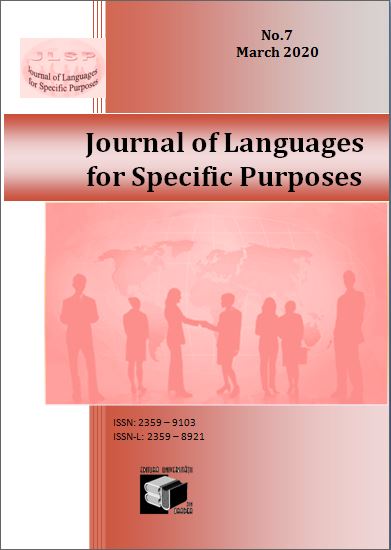Collective Bargaining Agreement Education
In countries like California with collective bargaining laws, the local teachers` union is the exclusive bargaining agent for all teachers in the district. The school district is legally required to negotiate with the union “in good faith” matters within the scope of the negotiation. A district that fails to do so may be liable to a fine or penalty from the National Labour Relations Board. In addition, the school district can only negotiate bargaining matters with the teachers` union. He cannot meet with an alternative organization of teachers or groups of teachers. This would run counter to the labour law of the State. Collective agreements for most workers in the public and state-integrated education sector are available below. Placing education policy within the scope of negotiations means that school districts must negotiate all program and instruction changes with the union, and the union will be able to obtain benefits for its members if a district wishes to change the curriculum. If the borough tried to move from one math textbook to another, the union, if it wanted to, could receive some sort of compensation from the borough for the change. Indeed, the union would have the possibility of imposing a tax on any change in educational policy. This tax imposed by the union would increase the cost of school reform and thus slow down its implementation.
For all its costs, proponents might still argue that this bill is necessary to give teachers a greater contribution to the educational process. However, the experience of teachers in the private sector shows that it is possible for teachers to make a significant professional contribution to educational policy decisions without collective bargaining. Dale Ballou and I analyzed responses to the survey conducted by public and private school teachers in the 1987-88 and 1990-1991 Federal School and Staff Surveys (www.missouri.edu/~econ4mp/mp2.pdf). In all dimensions of the data collected in these surveys – school curriculum, pupil tasks and discipline, collaborative relationships with colleagues, treatment as a teacher in a vocational-private school reported significantly more favourable conditions than teachers in public schools. But collective bargaining is virtually non-existent in private schools. In addition, preliminary data from charter school teachers (who are not primarily union teachers) suggest a similar collaborative pattern. A collective agreement (CBA) is a contract negotiated between an employer and a union that governs the terms and conditions of employment, working conditions and various rights and obligations of employers and workers. In the United States, most public CBA school districts negotiate with local unions representing teachers and sometimes other school employees. Almost all local teachers` unions are affiliated with one of two national organizations: either the National Education Association (NEA) or the American Federation of Teachers (AFT). The vast majority of local teachers` unions are NEA member organizations, but many of the country`s largest constituencies have AFT-affiliated unions.
As a result, the AFT has about half the membership of the NEA, although it is responsible for a much smaller portion of school districts. In Michigan, 94% of teacher unions are members of the Michigan Education Association (MEA, the NEA`s public subsidiary), while 5% of AFT Michigan subsidiaries and 1% are not related to both. . . .





